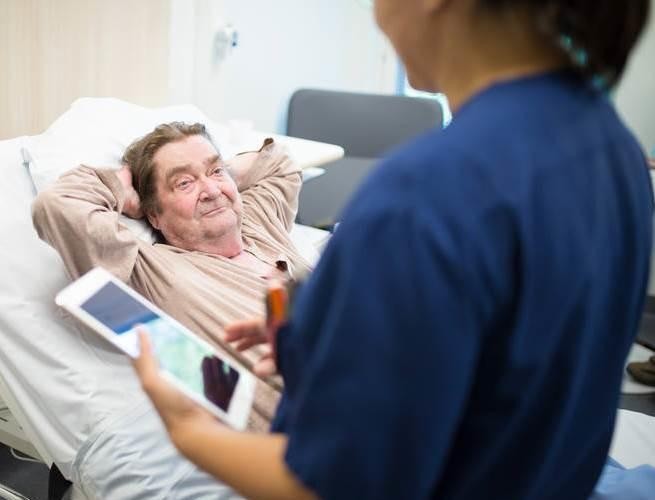The introduction of new client or patient information systems should be carried out carefully, as system changes have a significant impact on the work of professionals. The survey on information systems for registered nurses revealed that experienced users give positive assessments of systems more often than inexperienced users.
The survey examined the connection between competence, training and the timing of an introduction and a positive assessment of the client and patient information systems given by nurses.
The healthcare and social welfare sector’s client and patient information systems need to be combined and changed, for reasons such as the health and social services reform.
Experience helps in gaining a command of a new system
Nurses working in the inpatient wards of health centres, in home nursing, home hospitals and various housing services gave positive assessments of client and patient information systems more often than those working in the inpatient ward of hospitals.
“The differences in assessments may be due to several factors. The nature of the work varies, and it may be that some environments have made more conscious efforts than others to improve and better adapt information systems to the needs of employees. For example, systems may have been customised to specifically meet the special needs of home nursing or housing services,” states THL Senior Researcher Anu Kaihlanen.
According to the study, continuous training provided by and organisation and the experience of support from colleagues supported learning. Nurses who were inexperienced in the use of client and patient information systems and the recording of information in these gave the systems positive assessments less often than those experienced in their use. If a system had been in use for less than a year, those nurses who already had experience or had received continuous training on its use gave a greater amount of positive assessments.
Continuous training is needed
Investing in the development and monitoring of competence can help the organisation in introduction.
“On the basis of the results, it is recommended that organisations arrange continuous training on the use of the new client and patient information system. This would allow nurses to gain user experience and allow them to practise recording information in practice,” says Kaihlanen.
Continuity of training is essential, as based on the study, one-off training is not sufficient. The opportunities of providing and receiving collegial support should also be improved, as nurses who felt that the support provided by colleagues promoted their competence in using the client and patient information system were more likely to give a positive assessment of the system. Support from colleagues may, for example, promote the adoption of new things.
“It is essential to allocate resources for planning and implementing the introduction of the new client and patient information system and to consider the implementation from the perspective of practical work,” Kaihlanen says.
This way, client and patient information systems can be harnessed to support the work of nurses and, thus, good care for clients.
